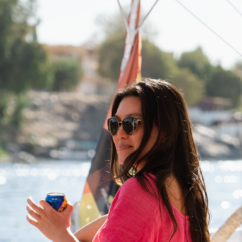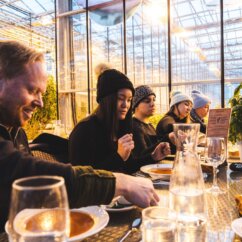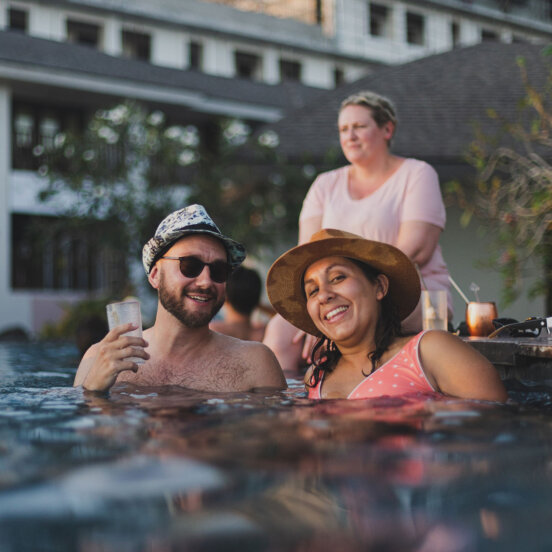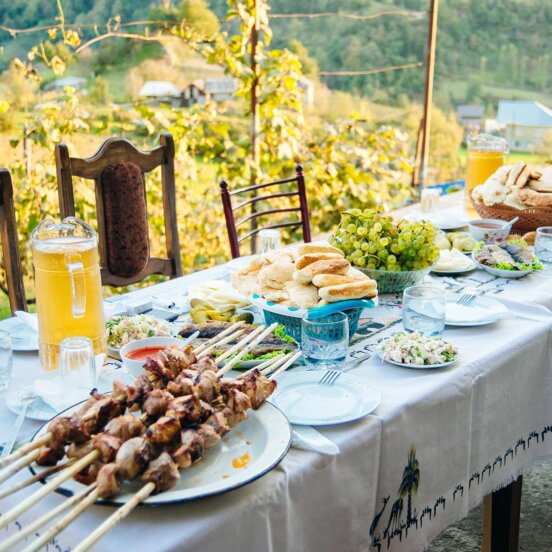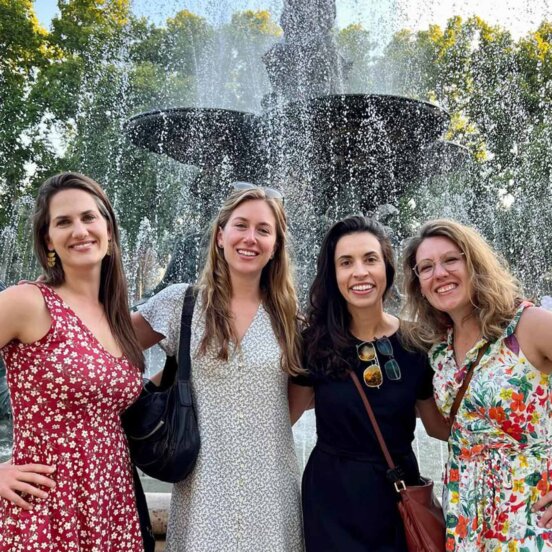How self-taught chef Leonor Espinosa is reviving Colombia’s food scene
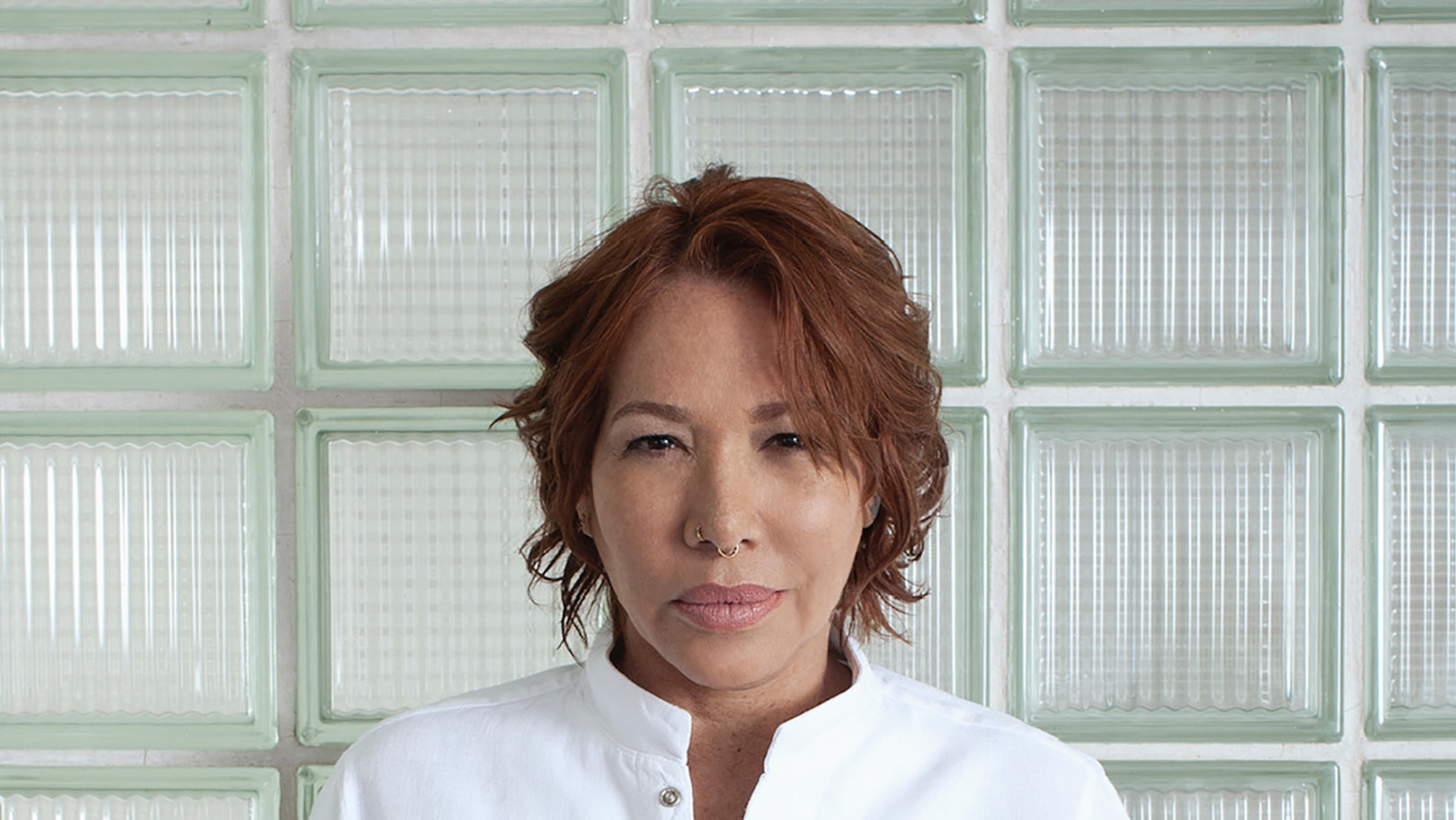
Pioneering Colombian chef Leonor Espinosa had an unconventional route into the kitchen. Brought up on the Caribbean coast of Colombia, she studied fine arts and economics at university in the historic port-city of Cartagena, before embarking on a decade-long career as a marketing executive.
But, when she reached her mid-30s, she decided to dramatically shift course and seek out a more fulfilling and creative life through food.
“At the age of 35, I realised I couldn’t continue working in the corporate world – there wasn’t much variety in my job and it was difficult for me to have a voice,” she says. “I decided to stop and return to study at my former arts academy in Cartagena. There I began to understand that cooking was my form of artistic expression,” she explains.
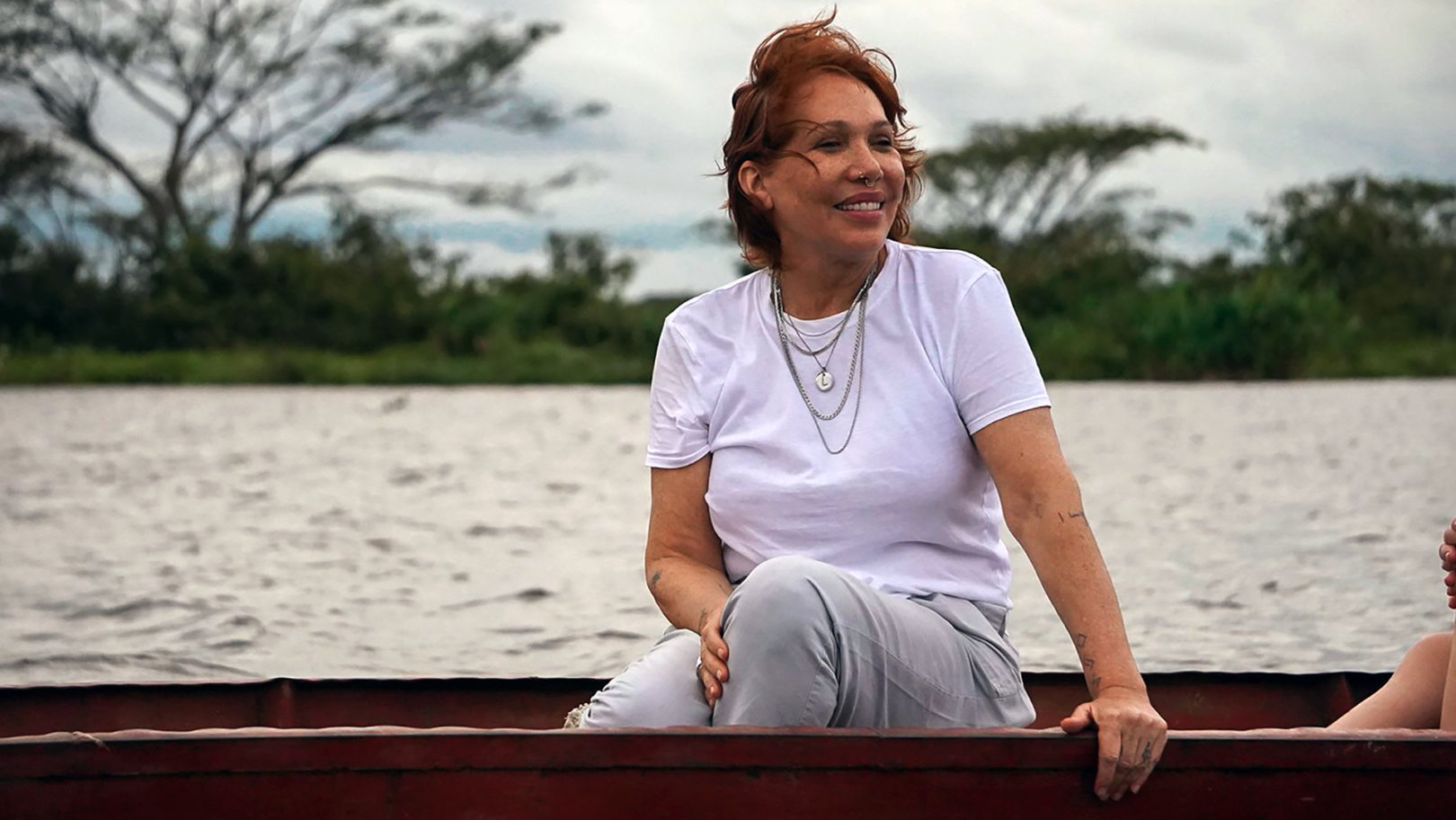
Espinosa has earned widespread acclaim for her creations
Espinosa subsequently taught herself to cook at a professional level, drawing on her experience of growing up in the Caribbean, “a place where the dining table is something that is very important for the family,” she says.
“I was always surrounded by banquets, abundant cuisine and great traditional cooking. My earliest memory comes from the kitchen in my grandmother’s house, cooking for people who didn’t have much.”
Since opening her restaurant Leo in the capital, Bogotá, in 2007, she has earned widespread acclaim for her innovative creations. Indeed, earlier this year she was named the World’s Best Female Chef at the World’s 50 Best Restaurants awards.
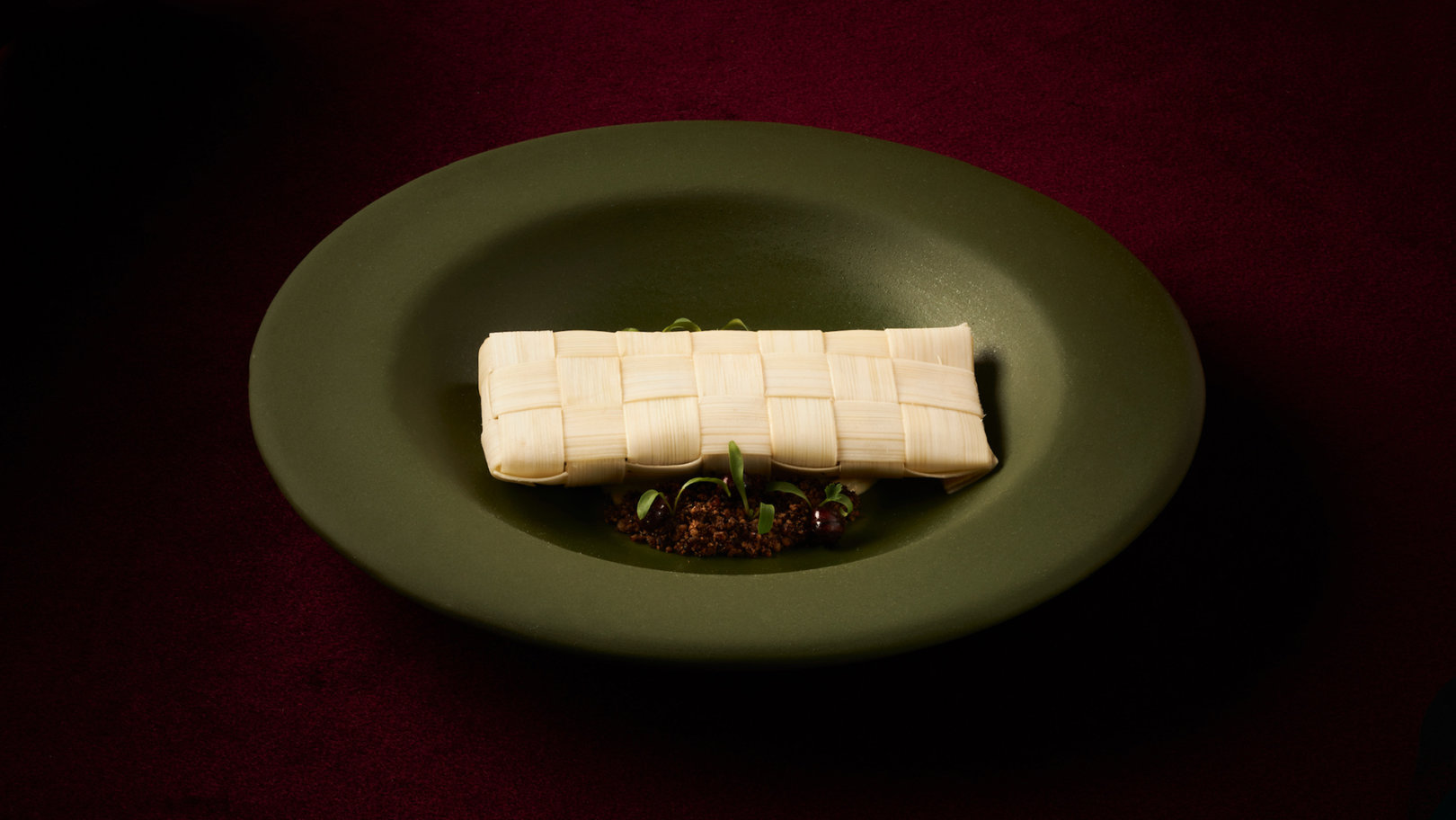
Her artfully created dishes feature unusual ingredients
Her food is based around the concept of ciclo-bioma (biome-cycle), which celebrates Colombia’s remarkable biodiversity through an array of traditional and often overlooked ingredients, indigenous food knowledge and ancient cooking techniques.
The ever-evolving menus at Leo whisk diners through “the biocultural richness of Colombia”, a country with strong native, African and European influences. Stretching from the Andes to the Amazon and encompassing the Pacific and Caribbean coasts, it boasts more than 51,000 species and 300 different ecosystems.
Leonor’s artfully created dishes feature unusual ingredients that most diners are unlikely to have come across before, such as hormigas culonas (big-bottomed ants) which are traditionally salted, roasted and eaten like nuts, and the giant Amazonian piracurú (one of the world’s biggest fish). She also uses coca leaves (a tropical shrub), mojojoy (the buttery larvae of palm weevils) and cacao mucilage (the fruity pulp that surrounds cacao beans in the pod).

Alongside her daughter, she founded a non-profit organization
For Leonor, whose books include Lo Que Cuenta El Caldero (What The Cauldron Tells) – an account of a culinary journey around Colombia – cooking is not just about making great food and expressing herself artistically.
She describes it as a ‘political act’, a way to create positive change, particularly for the most vulnerable and marginalised members of society. ‘Minority communities in rural areas of Colombia face many social and economic problems,’ she explains. ‘I realised that through the kitchen I could become a voice for them.’
Alongside her daughter Laura Hernández-Espinosa – a sommelier with a masters in development studies and an MBA – she founded a non-profit organization, Funleo, in 2008.
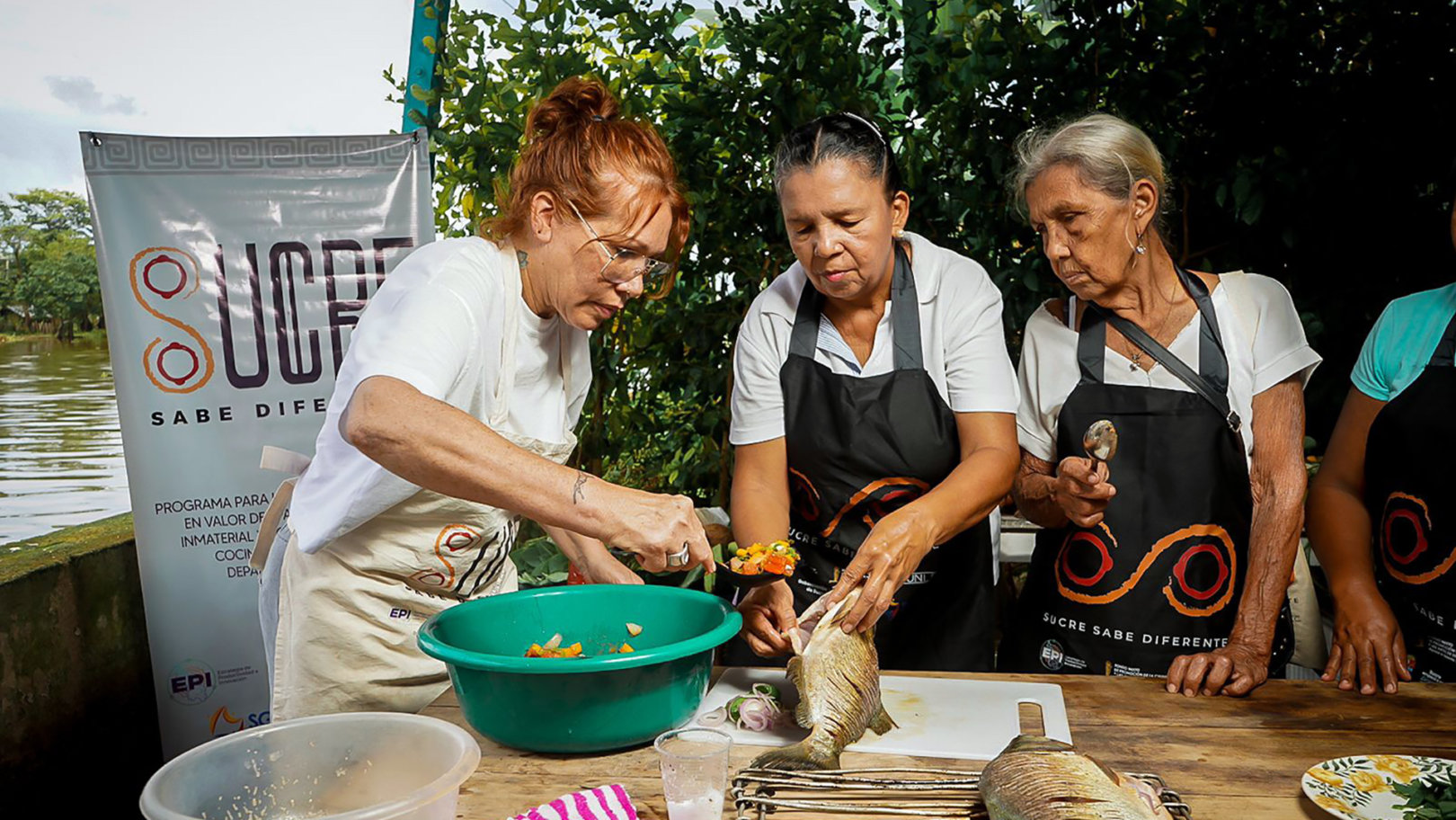
She uses gastronomy as a tool to address economic issues
Aimed primarily at indigenous and black communities in the rural areas of Colombia, it uses gastronomy as a tool to address social, economic and environmental issues. This involves helping communities to protect, develop and promote their culinary heritage, in part through supplying their produce to Leo and other restaurants, as well as providing a range of training and education schemes.
Funleo also teams up with farmers, producers and biologists to research, preserve and raise awareness for Colombia’s traditional ingredients, food knowledge and techniques.
Espinosa’s work with the organization has been recognized on the international stage: in 2017 she won the prestigious Basque Culinary World Prize, which celebrates chefs who have made a positive impact on society at large.
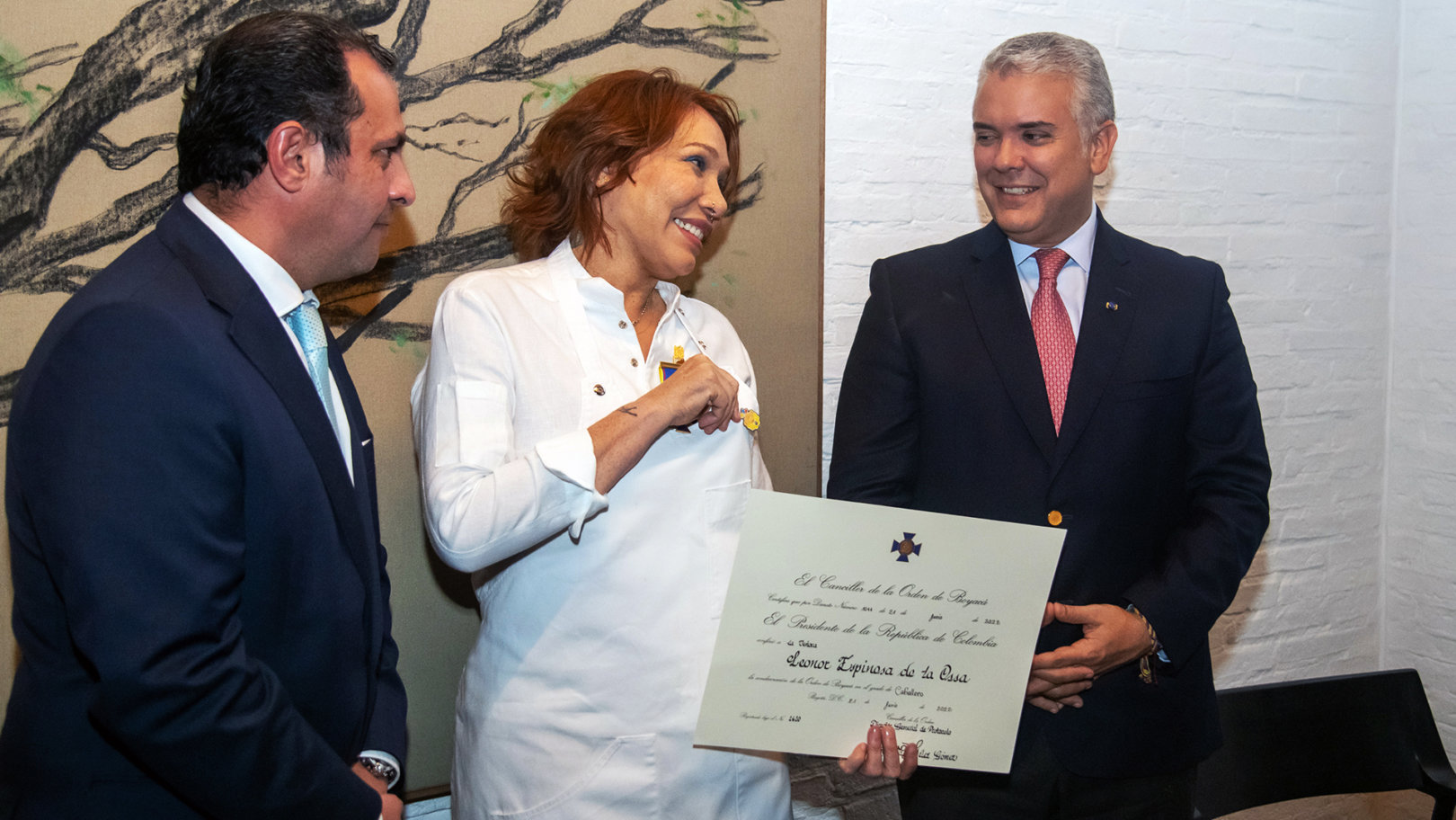
A string of awards has boosted the profile of Colombian cuisine
“At the restaurant, we are very educational in the way we tell the stories about our food,” she says. “We tell people the specifications and characteristics of each ingredient and about the communities that produced them. We are not [immediately solving] all the problems facing these communities but we are making them more visible and showing the world the importance of their cultures,” she explains.
Her work and string of awards has also boosted the profile of Colombian cuisine, which has long been overshadowed by more lauded gastronomic nations in Latin America, such as Mexico and Peru.
“I have to admit that awards are important to me personally as a chef because they validate my work and allow me to showcase what I’m doing,” she says. “But they also provide international recognition for Colombia, which is not well known for its food. For me, that is the real importance of them.”
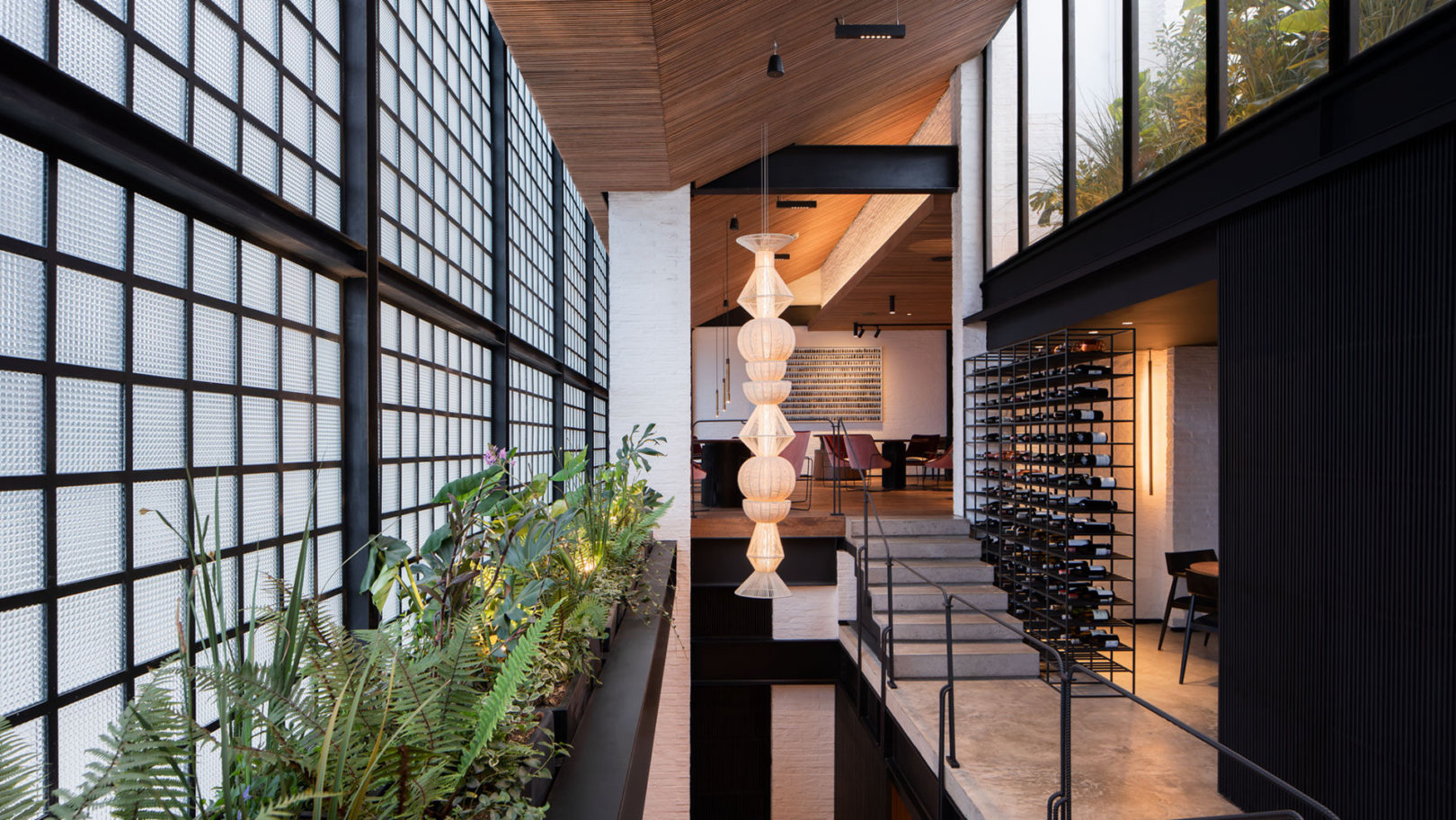
Her restaurant is ranked among the world’s best
As with chefs across the globe, the pandemic has been a challenging period for Leonor and her team at Leo, which marks its 25th anniversary this year. “When the pandemic started we were in the process of moving the restaurant to another premises,” she says. “We had to stop and really think about what we were doing. Around 90 per cent of our diners were foreign visitors, so that caused some fear, too.”
Yet, after reopening in the buzzing Chapinero neighbourhood of Bogotá in June 2021, Leo has gone from strength to strength. Ranked 48th in the 2022 World’s 50 Best Restaurants list, it offers expansive eight- and 13-course tasting menus, as well as similarly creative but more casual a la carte options. There’s also a selection of house-made fermented and distilled drinks.
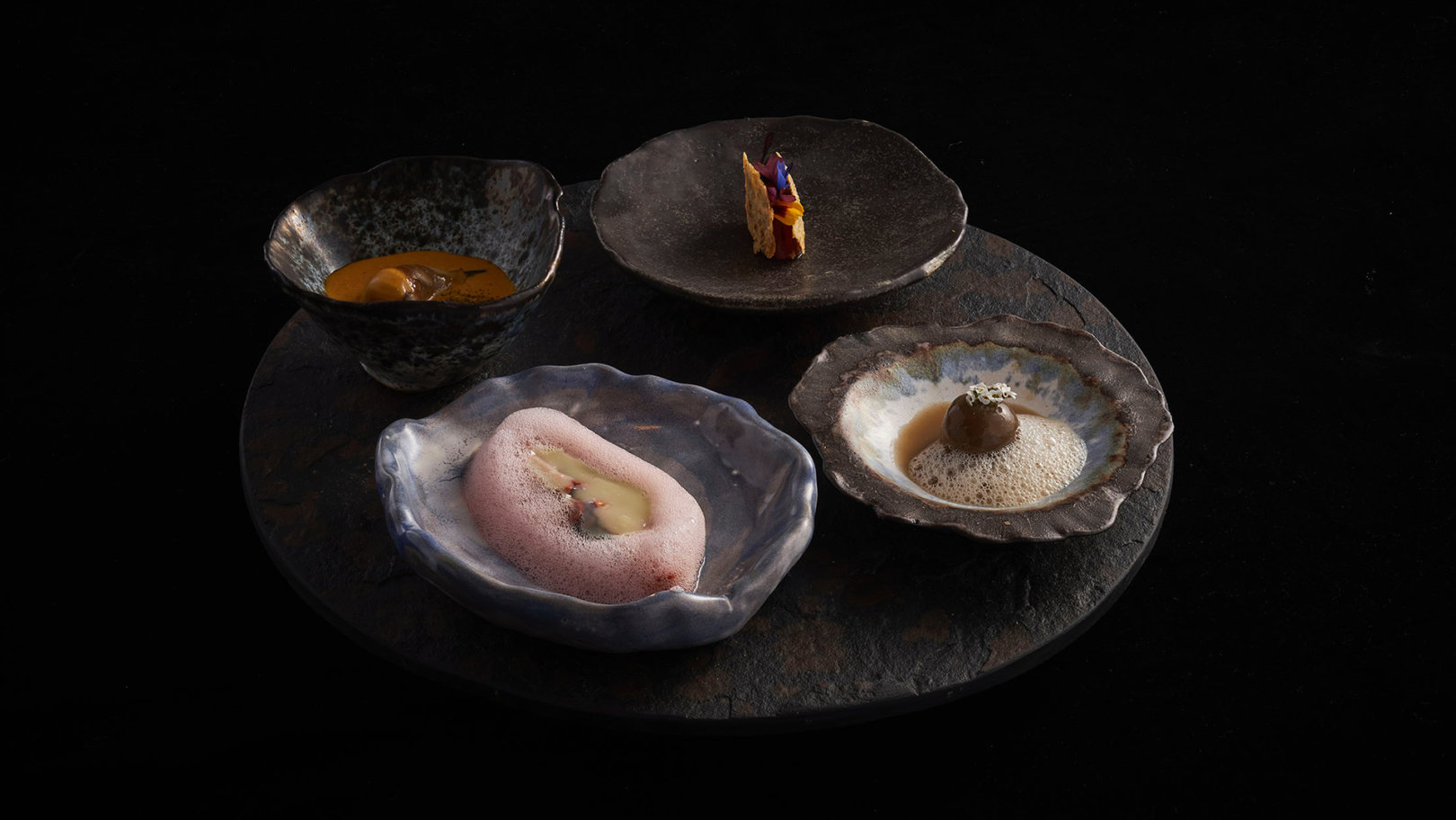
We have the opportunity to show our cultural richness to the world
Recent dishes have included dried shrimps with a crispy crumb made from crushed snails and ants; peach palm heart with lettuce and big-bottomed ants; and fillets of arawana (an Amazonian fish) with bitter cassava, peanut-like cacay nut and a peppery spice called achiote.
These inventive creations not only reflect Colombia’s diverse people and ecosystems, they also share its culinary heritage with a wider audience, inside and outside of the country.
“In Colombia, we now have the opportunity to show our ethnic and cultural richness to the world,” says Espinosa proudly. “Not only through Leo but through other chefs and restaurants who are also championing our ancestral cuisine.”
Leonor Espinosa is the award-winning chef behind Bogotá’s Leo restaurant. You can explore the food of the capital and beyond on Flash Pack’s nine-day Colombia adventure.
Images: Courtesy of FunLeo, ©Jorge H. González, ©Simón Bosch, ©Juan Pablo Gutiérrez, ©Felipe Pardo
